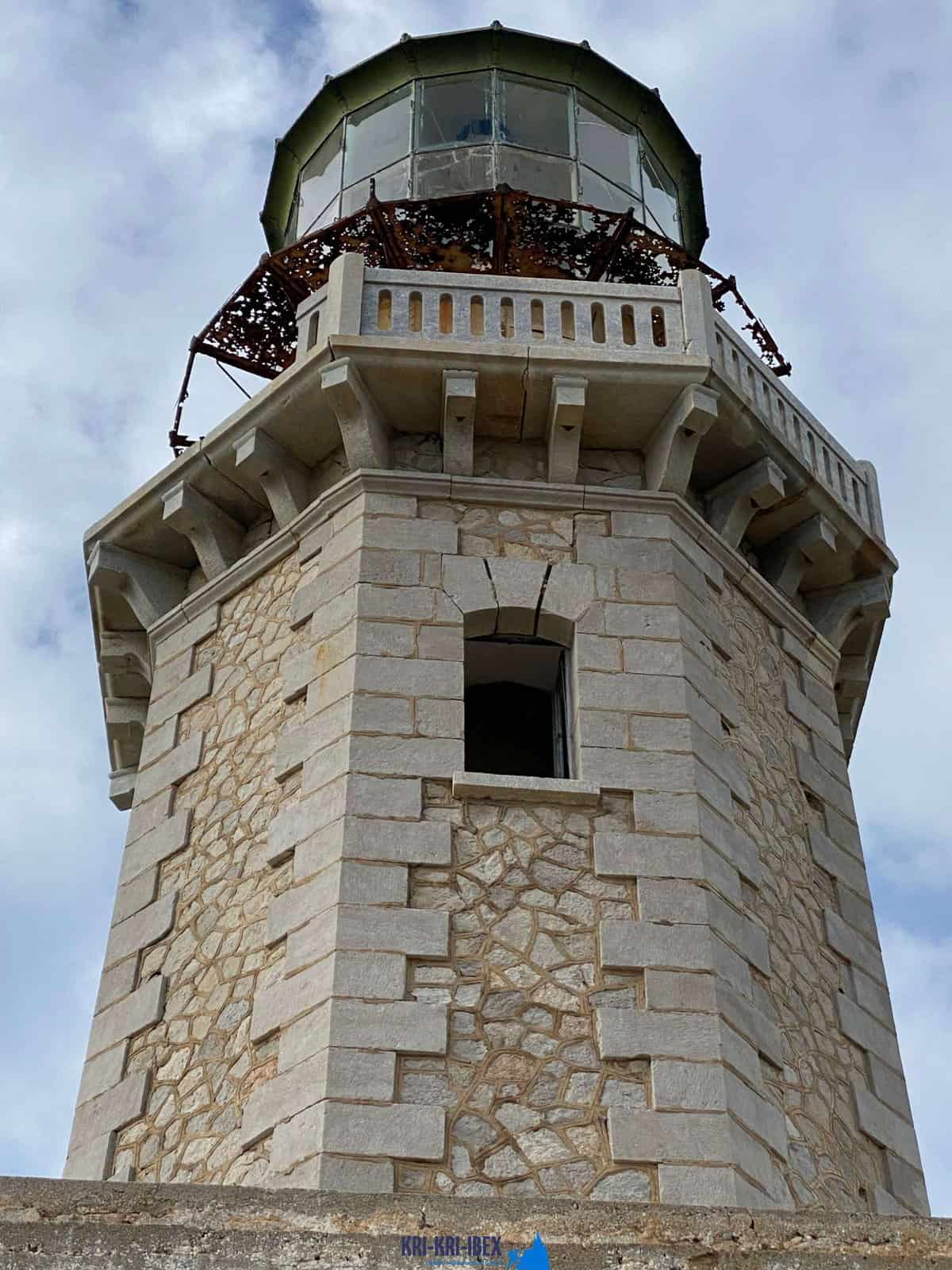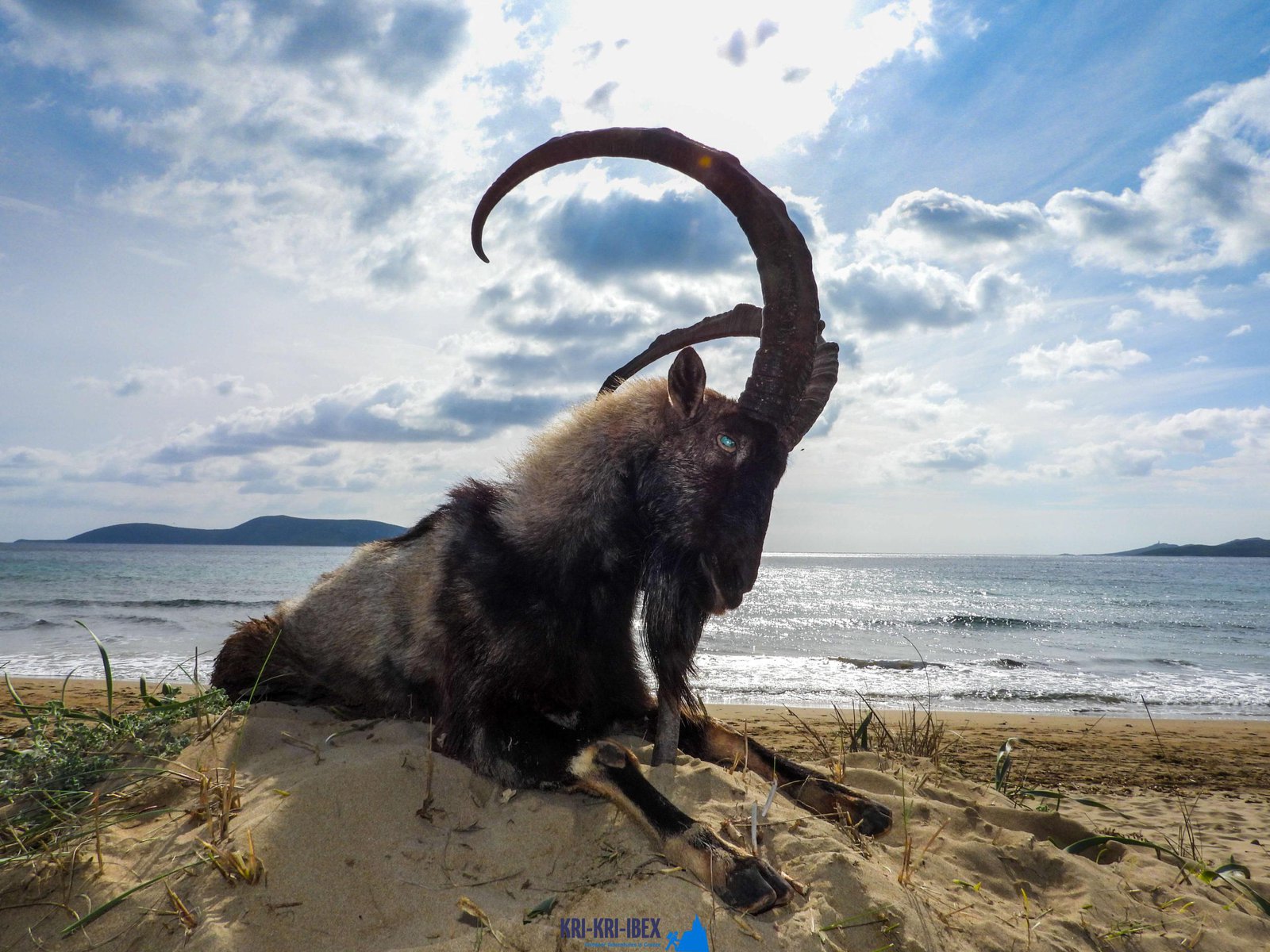
Hunting for Kri Kri ibex in Greece is an amazing searching expedition and superb holiday done in one. Ibex hunting is usually a harsh experience, however not in this case! Dive to shipwrecks and spearfishing in ancient Greece, or take pleasure in ibex searching in an unique locale are simply a few of the things you may do during a week long ibex hunting excursion in Greece. Can you think of anything else?

Due to the fact that the ibex populace is ever-changing, the number of tags varies as well. The Kri-Kri, regardless of being the smallest ibex in terms of body weight (Capra Aegagrus Cretica), has long. A few samplings that were not counted measured 115 centimeters. The gold trophy is 61 centimeter (24 inches) in length. Hunting of Kri-Kri ibexes, is currently allowed on Atalanti and Sapientza in Greece (Capra Aegagrus Cretica). Starting on Atalanti in the recently of October and also the first week of December, ibex hunting is allowed. Hunting is allowed the entire month of November in Sapientza, as long as the climate agrees with.
To lots of people, The Peloponnese peninsula on the Greek Mainland is the 'real' Greece, where things have actually not altered a lot at all over the centuries despite the fact that many people have actually discovered it. This is a location where you can conveniently invest a month or even more yet if you are short promptly after that our hunting and also touring Peloponnese Tours from Methoni is a wonderful option. This covers a huge amount of ground to some of Europe's most remarkable sites in just 5 days. You really won't think what you see! Whilst the Peloponnese is residence to some of the best coastlines in Greece there are many things to do and see that it is in fact a year-round destination. Whilst Summer is the ideal time to spend at the beaches and falls, Spring and Autumn are superb for treking as well as exploring Ancient Ruins, Caves and Archeological websites. Even winter season is luring as a number of the towns and towns receive some snow, specifically in the hills, and the rock architecture and also vineyards lend themselves to cosy moments by an open fire. The casseroles and also conventional winter food is passionate as well as tasty. No matter what time of year you choose you will discover the groups very convenient as well as in numerous places, non-existent.
Experience 'Real' Greece with Our Peloponnese Tours. Look no better than our Peloponnese trips if you're looking for a genuine Greek experience. From old damages as well as castles to tasty food and white wine, we'll show you everything that this impressive area has to offer. So what are you waiting for? Book your journey today! Your Kri Kri ibex hunting in Greece is here!
What is the diference between Kri Kri ibex, Bezoar ibex and hybrid ibex
The kri-kri is not thought to be indigenous to Crete, most likely having been imported to the island during the time of the Minoan civilization. Nevertheless, it is found nowhere else and is therefore endemic to Crete. It was common throughout the Aegean but the peaks of the 8,000 ft (2,400 m) White Mountains of Western Crete are their last strongholds–particularly a series of almost vertical 3,000 ft (900 m) cliffs called ‘the Untrodden’—at the head of the Samaria Gorge. This mountain range, which hosts another 14 endemic animal species, is protected as a UNESCO Biosphere Reserve. In total, their range extends to the White Mountains, the Samaria National Forest and the islets of Dia, Thodorou, and Agii Pandes.
This Ibex is NOT a diminutive form of the Bezoar Ibex, which has migrated into the western-most reach of the range of this species. The kri – kri (Capra aegagrus cretica), sometimes called the Cretan goat, Agrimi, or Cretan Ibex, is a feral goat inhabiting the Eastern Mediterranean, previously considered a subspecies of wild goat. The kri-kri has a light brownish coat with a darker band around its neck. It has two horns that sweep back from the head. In the wild they are shy and avoid tourists, resting during the day. The animal can leap some distance or climb seemingly sheer cliffs.
“The agrimi goat Capra aegagrus cretica is unique to Crete and its offshore islands. It has been identi®ed as a sub-species of the wild bezoar goat Capra aegagrus aegagrus Erxleben, 1777, which it closely resembles in horn shape, body form and coloration. This classi®cation has been disputed by some researchers who claim that the agrimi are feral goats, derived from early domestic stock brought to the island by the ®rst Neolithic settlers. In order to clarify this issue, DNA analyses (cytochrome b and D loop sequences) were carried out on tissue of live and skeletonized agrimi and compared to sequences of wild and domestic caprines. Results conclusively show the agrimi to be a feral animal, that clades with domestic goats (Capra hircus) rather than with wild Asiatic bezoar. This study demonstrates that morphometric criteria do not necessarily re¯ect genetic af®nities, and that the taxonomic classi®cation of agrimi should be revised.”